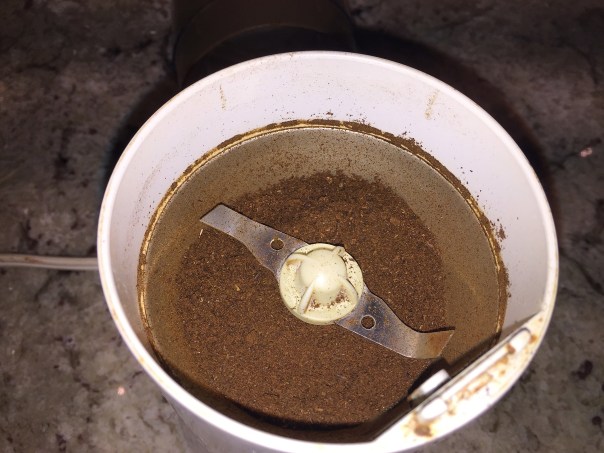Tilapia has been getting a bad rap lately. There are some disturbing allegations about the fish, and one is particularly surprising: Some nutritionists have been touting a study that implies that eating tilapia is worse than eating bacon.
The truth is, tilapia has as much omega-3 as other popular seafood, including lobster, mahi-mahi and yellowfin tuna—AND is also very low in fat. A 4-ounce serving of tilapia has about 1 gram of saturated fat, 29 grams of protein and around 200 mg of omega-3. By comparison, a 1-ounce serving of bacon (about 4 strips) contains 4 grams of saturated fat, 10 grams of protein and 52 mg of omega-3.

So people may not want to eat tilapia every day, but that doesn’t mean it has to be avoided altogether, nutritionists say. And if you’re still not convinced, switch out tilapia for another meaty white fish. (The original recipe calls for catfish.)
This easy sweet-and-spicy glaze would also taste great on other fish fillets so try experimenting on the fish of your choice.
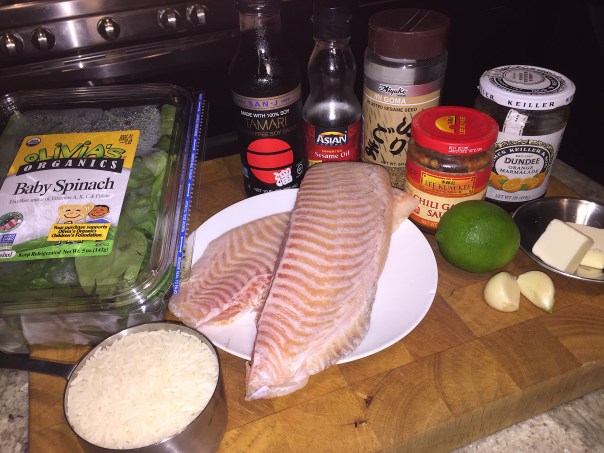
Ingredients
- 2 oz. (4 Tbs.) unsalted butter
- 1/3 cup orange marmalade
- 1 Tbs. Chinese chili garlic sauce (such as Lee Kum Kee brand)
- 20 oz. skinless tilapia fillets
- Kosher salt and freshly ground black pepper
- 2 Tbs. Asian sesame oil
- 2 medium cloves garlic, crushed through a garlic press
- 1 lb. baby spinach (about 16 lightly packed cups)
- 1 tsp. soy sauce
- 1 Tbs. toasted sesame seeds
Directions
- Melt 2 Tbs. of the butter in an 8-inch skillet over medium-low heat. Whisk in the orange marmalade and the chili garlic sauce, mashing the larger pieces of fruit with the back of a spoon, until the jam is melted. Set aside off the heat.

- Pat the fish dry, season the flesh side of each fillet with a large pinch each of salt and pepper, and spread each fillet with 1 Tbs. of the glaze, using the back of the spoon (leave any remaining glaze in the pan).
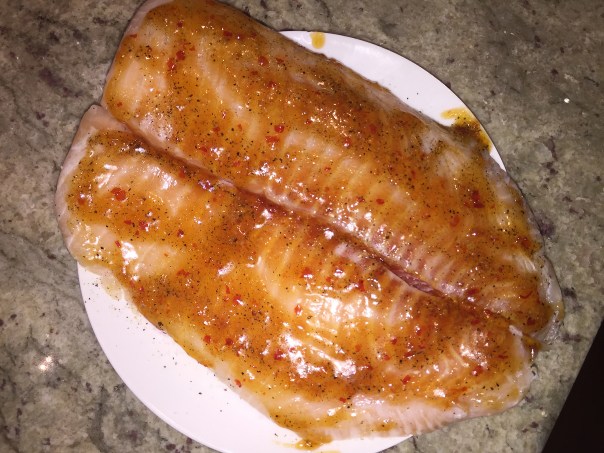
- Melt 1 Tbs. of the butter with 1 Tbs. of the sesame oil in a 12-inch nonstick skillet over medium-high heat. Add the fish, glazed side down, and cook for 2 minutes. Using a large spatula, flip the fillets and cook until opaque in the center and just firm to the touch, about 3 minutes. Transfer the fish to 4 dinner plates.

- Melt the remaining 1 Tbs. butter with the remaining 1 Tbs. sesame oil in a wide heavy-duty 5- to 6 quart pot over high heat. Add the garlic and stir until fragrant, about 30 seconds. Add the spinach, sprinkle with the soy sauce, 1/2 tsp. salt, and 1/2 tsp. pepper and then toss until the spinach is just wilted but not yet releasing water, about 2 minutes. Remove from the heat. Divide the spinach among the plates.

- Heat the remaining glaze over low heat if very thick, and drizzle over the tilpapia. Sprinkle with the sesame seeds and serve.
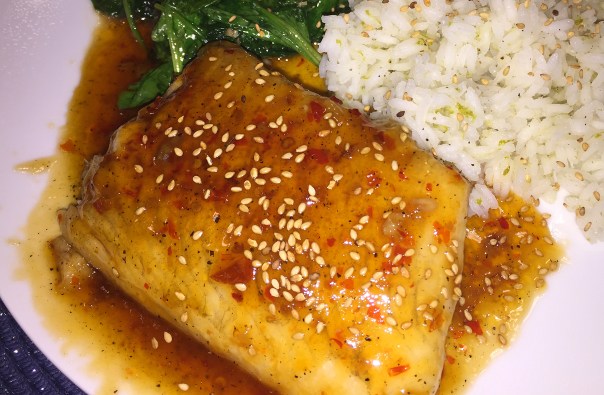
Adapted from a recipe by Selma Brown Morrow




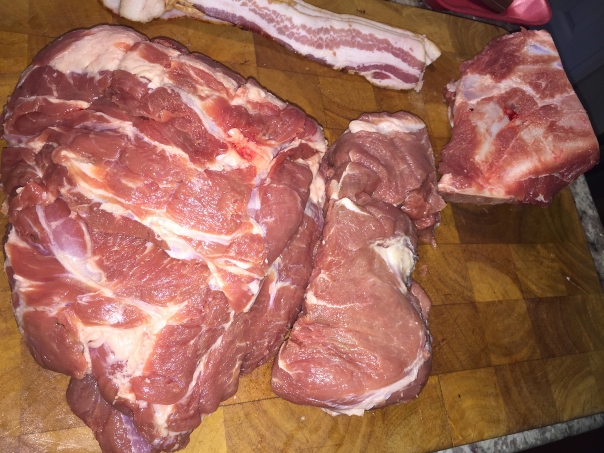
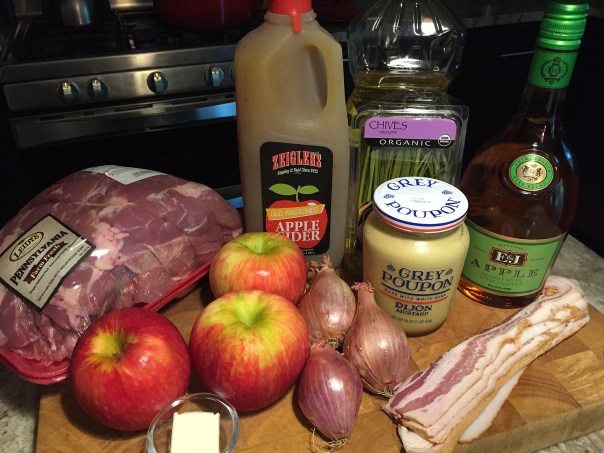
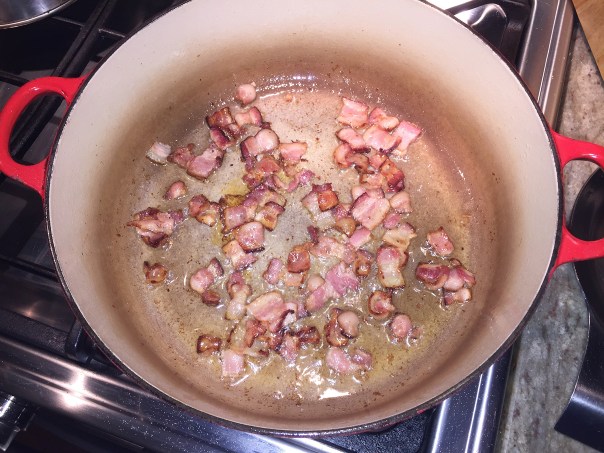



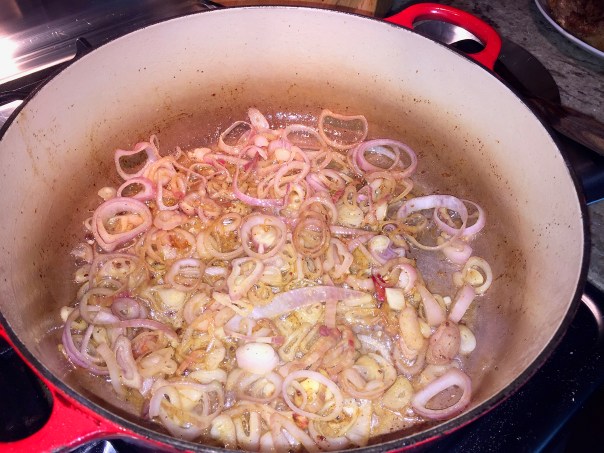
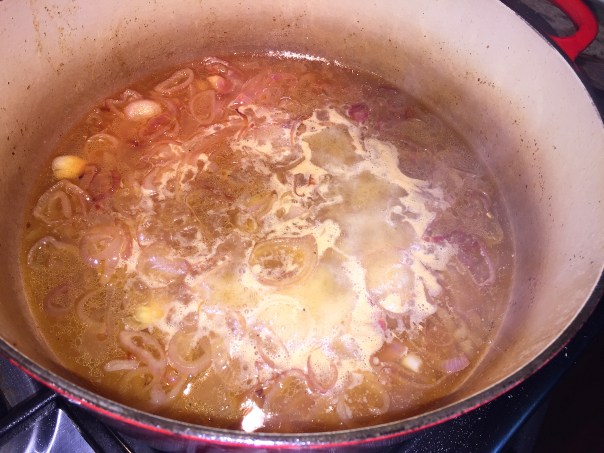

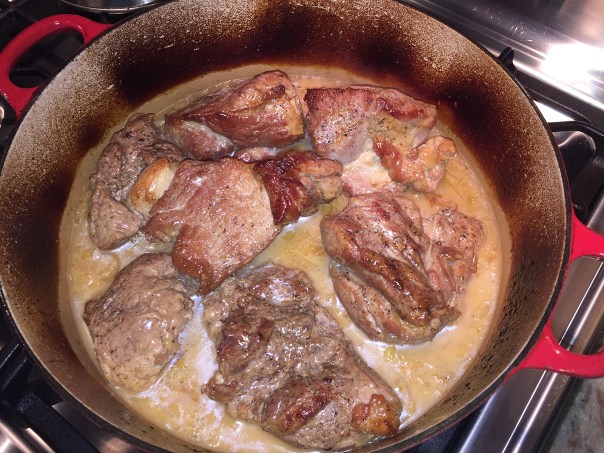


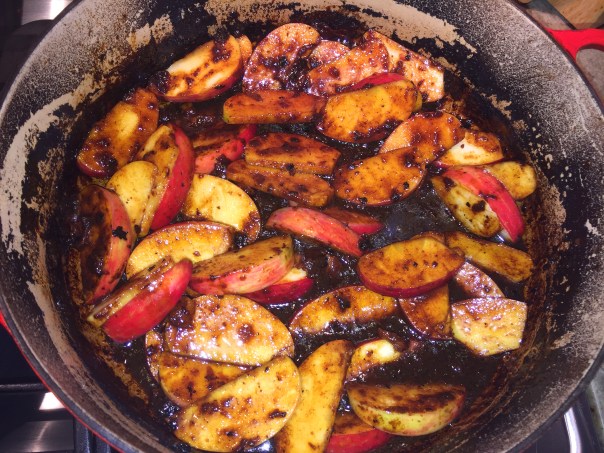
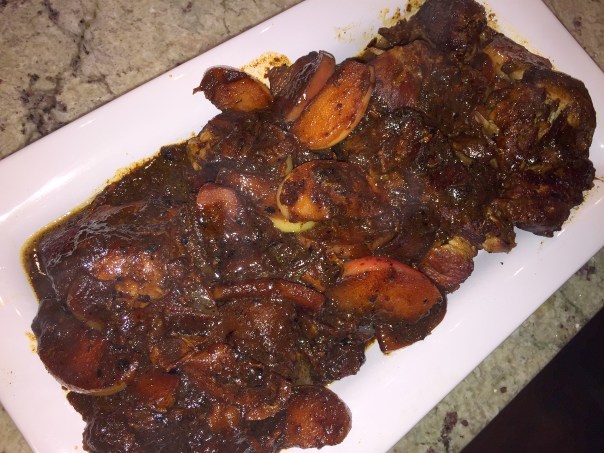
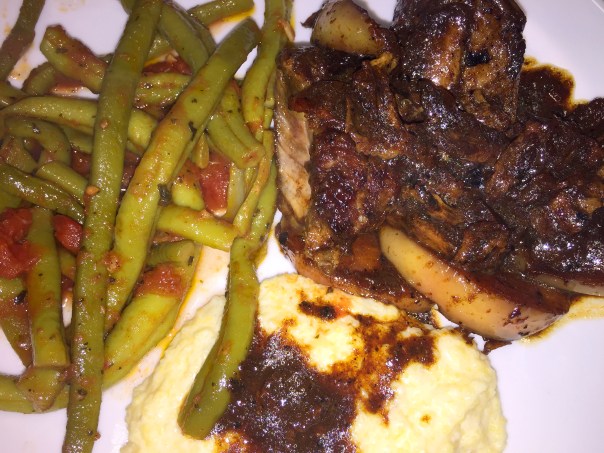




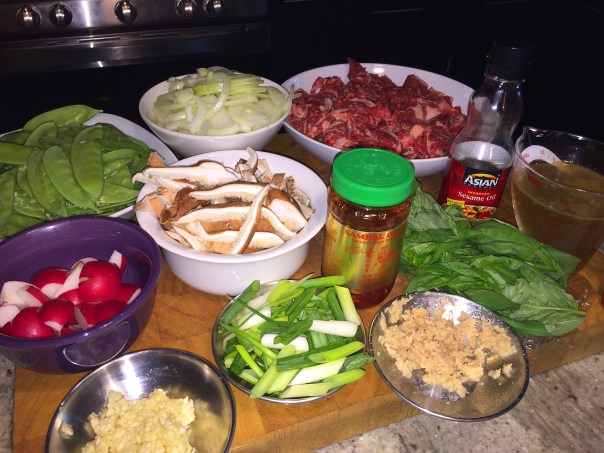

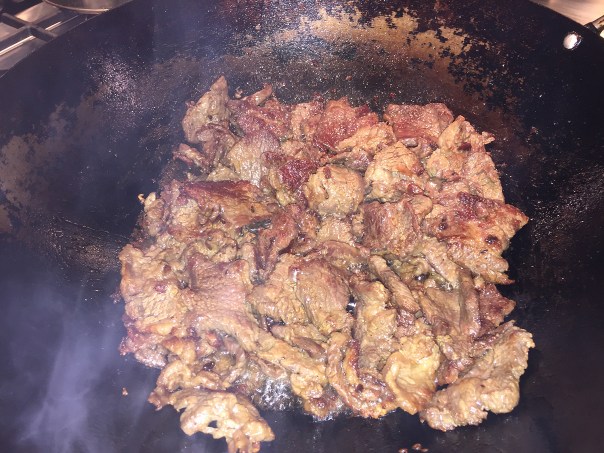















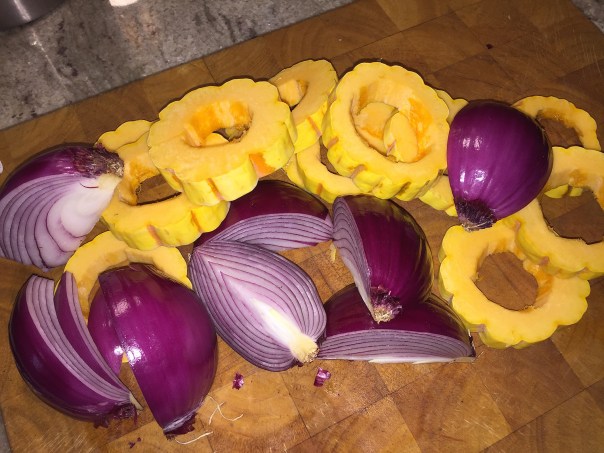







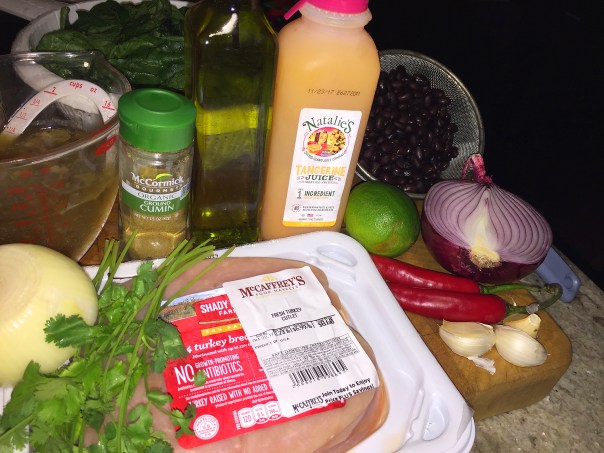






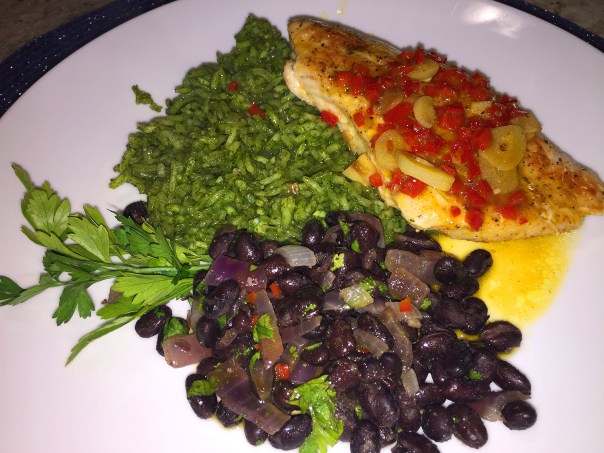










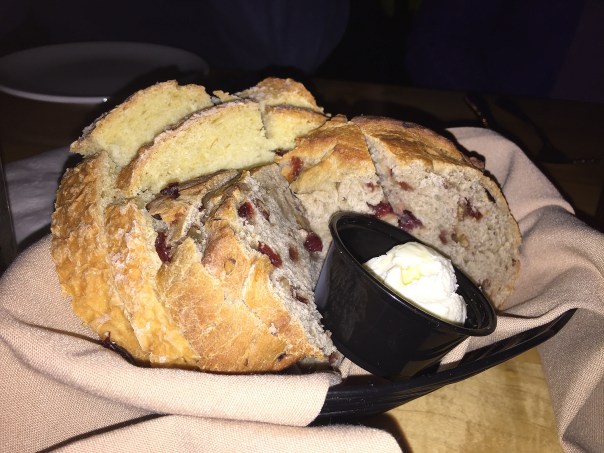
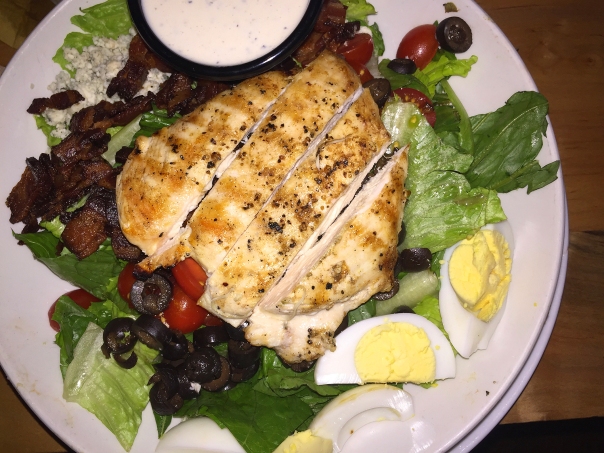









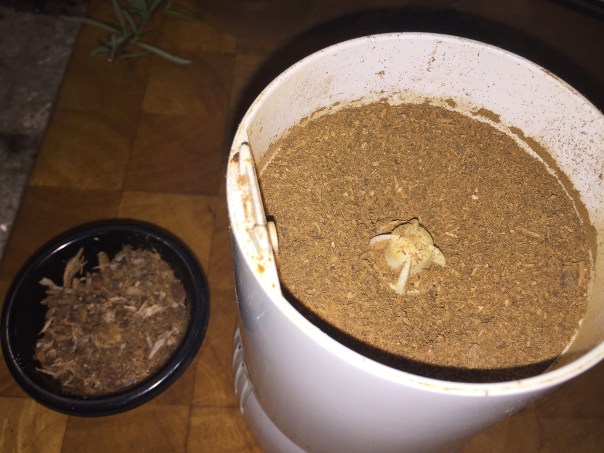





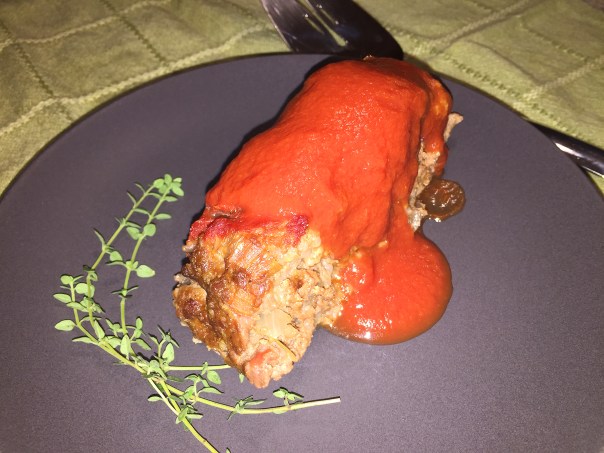
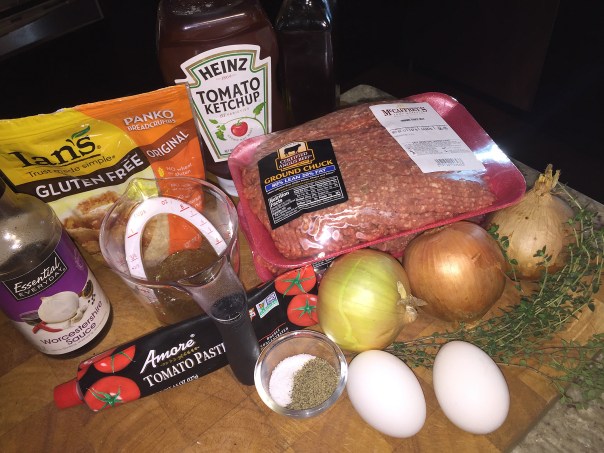
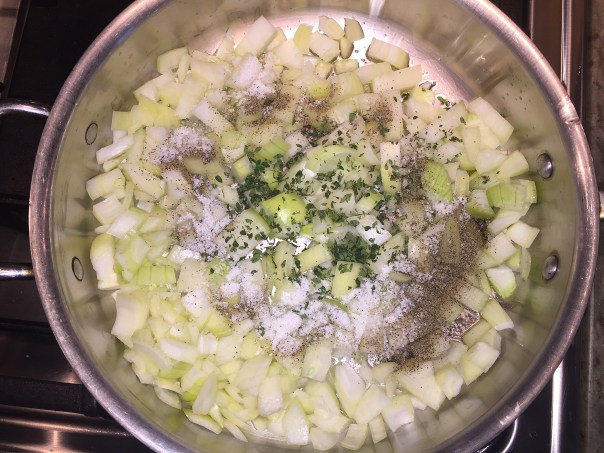



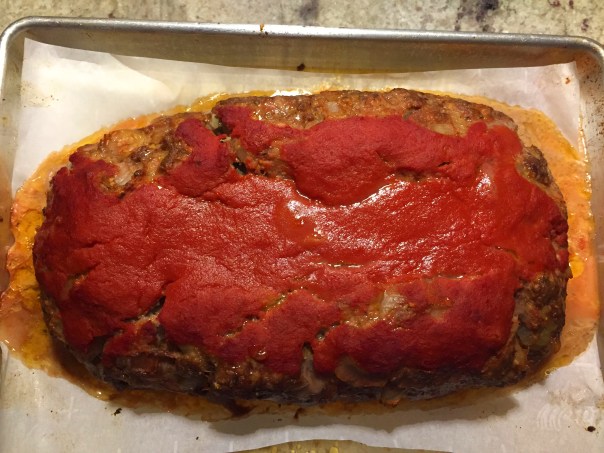
















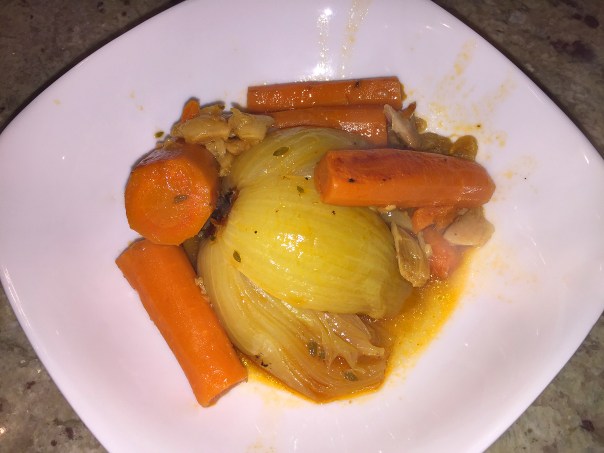
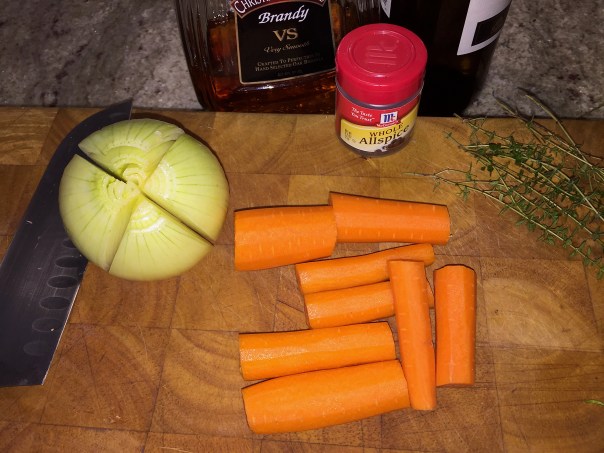
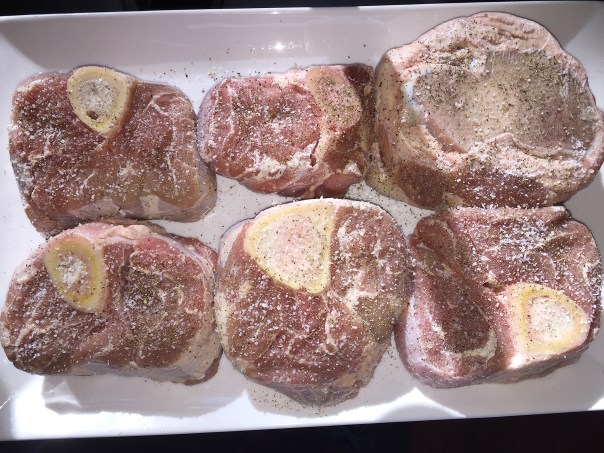

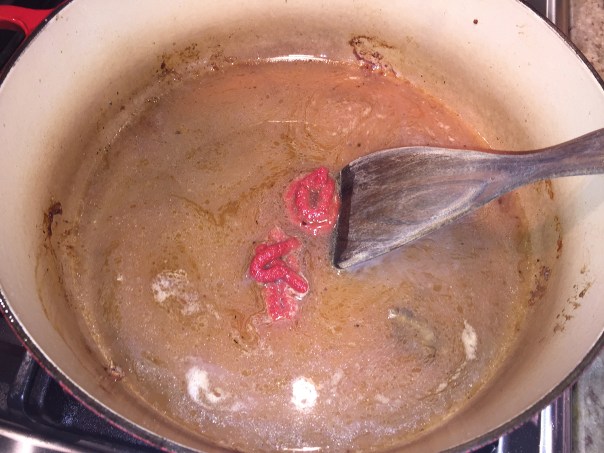

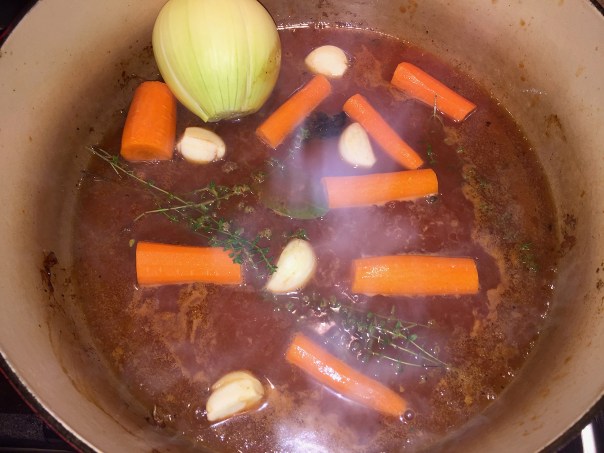
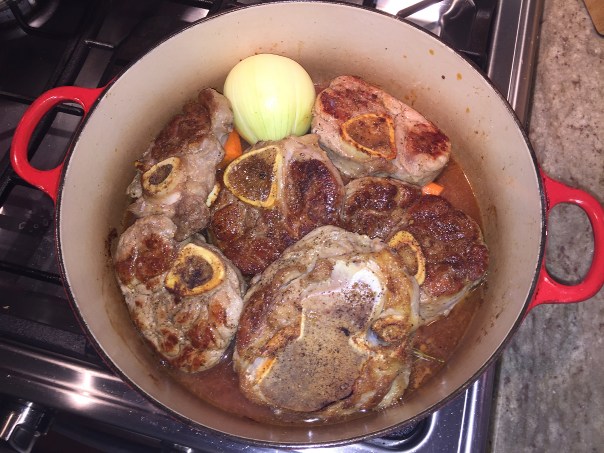



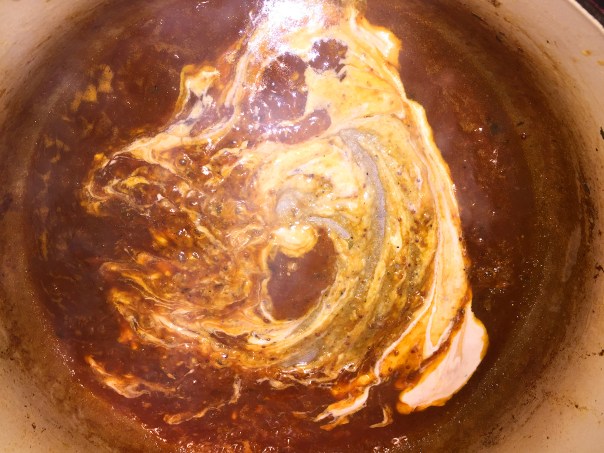

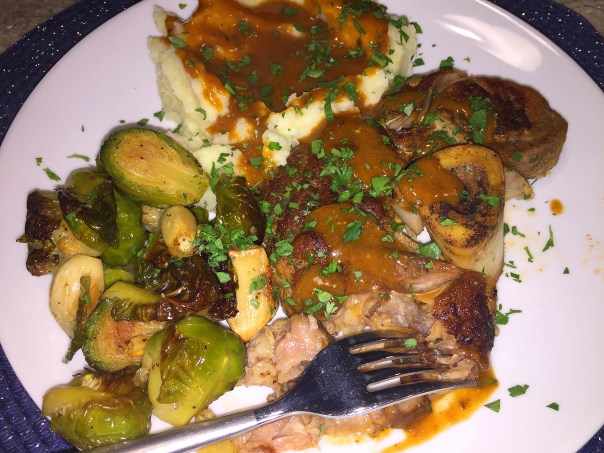


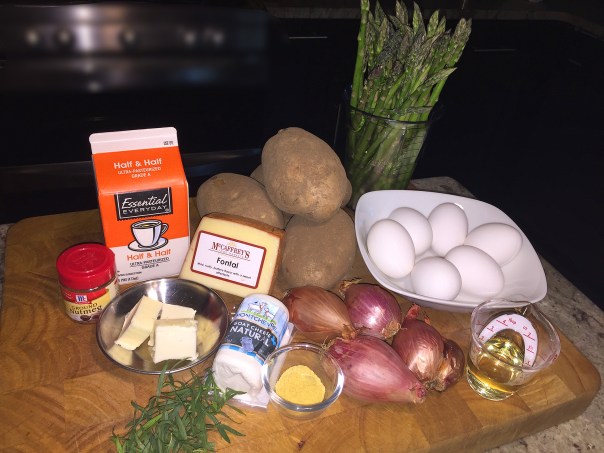

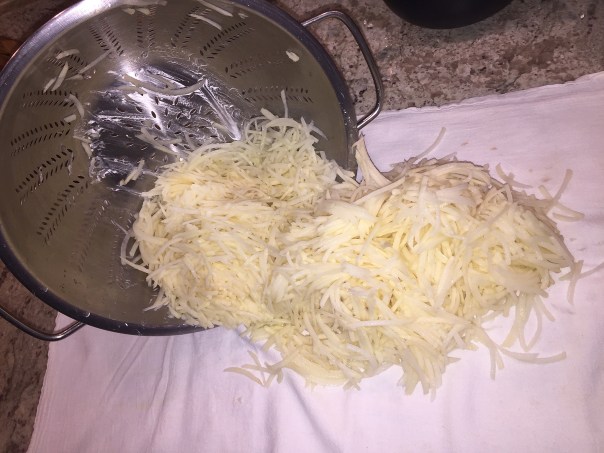


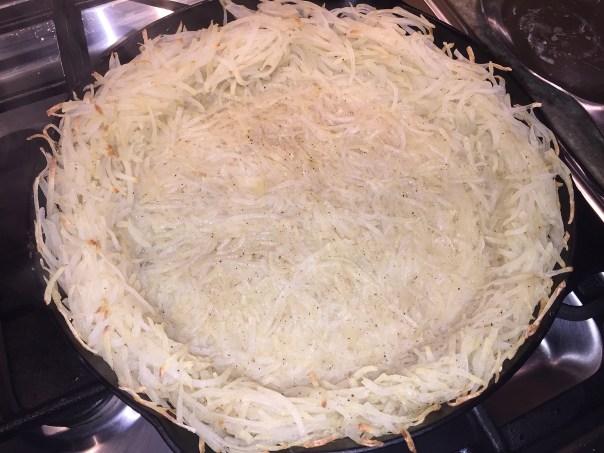







 Serve with a side salad or fresh fruit to complete your meal.
Serve with a side salad or fresh fruit to complete your meal.






